Get Fit at Home: 15 No-Equipment Full-Body Exercises
Discover 15 effective no-equipment exercises for a full-body workout at home. Get fit and energized without leaving your living room!
Benefits of No-Equipment Full-Body Exercises
Cost-Effective Fitness Solution
No-equipment full-body exercises provide an affordable way to stay fit without the need for expensive gym memberships or costly equipment. This makes it accessible to everyone, regardless of their financial situation.
By using just your body weight, you can effectively work out all major muscle groups, ensuring a comprehensive fitness routine.
Convenience and Accessibility
One of the major advantages of no-equipment exercises is the convenience they offer. You can perform these exercises anywhere, whether at home, in a park, or while traveling.
This flexibility allows you to maintain a consistent workout routine without being restricted by location or time constraints.
Improved Functional Strength
No-equipment exercises often involve compound movements, which engage multiple muscle groups simultaneously. This not only helps in building functional strength but also improves coordination and balance.
Exercises like push-ups, squats, and lunges mimic everyday movements, enhancing your overall physical performance in daily activities.
Enhanced Cardiovascular Health
Many no-equipment exercises, such as burpees or jumping jacks, double as cardiovascular workouts. These exercises elevate your heart rate, improving cardiovascular endurance and promoting better heart health.
Regular practice can lead to increased stamina and energy levels.
Flexibility and Adaptability
No-equipment exercises can be easily modified to suit different fitness levels. Beginners can start with basic movements and gradually progress to more advanced variations.
This adaptability ensures that individuals can continuously challenge themselves and achieve their fitness goals over time.
Time Efficiency
These exercises often require less time to complete compared to traditional gym workouts. High-intensity interval training (HIIT) routines, for example, can be done in as little as 20 minutes, making it easier to fit exercise into a busy schedule.
This efficiency helps in maintaining a regular workout habit.
Reduced Risk of Injury
Without the use of heavy weights or complex machinery, the risk of injury is significantly lower. No-equipment exercises focus on using proper form and technique, which helps in strengthening muscles and joints safely.
This makes them an excellent choice for beginners or those recovering from injuries.
Top 15 No-Equipment Full-Body Exercises
1. Push-Ups
Push-ups are a classic exercise that targets the chest, shoulders, triceps, and core.
To perform a push-up, start in a plank position with your hands shoulder-width apart. Lower your body until your chest nearly touches the floor, then push back up to the starting position.
2.
Squats
Squats work the legs, glutes, and core. Stand with your feet shoulder-width apart, lower your hips as if sitting back into a chair, and keep your chest up.
Return to standing by pressing through your heels.
3. Planks
Planks strengthen the core, shoulders, and back.
Begin in a push-up position, then lower your forearms to the ground. Keep your body in a straight line from head to heels, engaging your core throughout.
4.
Lunges
Lunges target the legs and glutes. Step forward with one leg and lower your hips until both knees are bent at about a 90-degree angle.
Push back to the starting position and repeat with the other leg.
5. Burpees
Burpees are a full-body exercise that boosts cardiovascular fitness.
From a standing position, drop into a squat, kick your feet back into a plank, return to squat, and jump up explosively.
6. Mountain Climbers
Mountain climbers engage the core, shoulders, and legs.
Start in a plank position and alternate bringing your knees toward your chest as quickly as possible.
7. Jumping Jacks
Jumping jacks are a simple cardio exercise.
Start standing with your feet together, jump while spreading your legs and raising your arms overhead, then return to the starting position.
8. Tricep Dips
Tricep dips focus on the arms and shoulders.
Sit on the edge of a chair or low table, place your hands beside your hips, and slide off the edge. Lower your body by bending your elbows, then push back up.
9.
High Knees
High knees are a cardio exercise that also engages the core. Run in place while lifting your knees as high as possible, aiming to bring them to hip level.
10.
Glute Bridges
Glute bridges work the glutes and lower back. Lie on your back with knees bent and feet flat on the floor.
Lift your hips toward the ceiling, squeezing your glutes at the top.
11. Bicycle Crunches
Bicycle crunches target the abs and obliques.
Lie on your back, lift your legs, and alternate bringing opposite elbows and knees together, simulating a pedaling motion.
12. Superman
The superman exercise strengthens the back and glutes.
Lie face down, extend your arms in front of you, and lift your arms and legs off the ground simultaneously.
13. Side Planks
Side planks focus on the obliques and shoulders.
Lie on one side, prop yourself up on your elbow, and lift your hips, keeping your body in a straight line.
14. Russian Twists
Russian twists engage the core and obliques.
Sit on the ground with knees bent, lean back slightly, and twist your torso from side to side, touching the ground beside you.
15. Calf Raises
Calf raises target the lower legs.
Stand with your feet hip-width apart and lift your heels off the ground, balancing on the balls of your feet, then lower back down.
Tips for Effective Home Workouts
Create a Dedicated Workout Space
Having a dedicated space for your home workouts can significantly enhance your focus and motivation. Choose an area in your home that is free from distractions and has enough room for movement.
Keep your workout gear, such as a yoga mat or resistance bands, easily accessible in this space to make starting your workout easier.
Set Clear Goals
Setting clear, achievable goals is crucial for maintaining motivation and tracking progress. Whether your aim is to improve strength, increase endurance, or lose weight, having specific targets helps you stay committed.
Break down larger goals into smaller, manageable milestones to keep your momentum going.
Follow a Structured Routine
Consistency is key when it comes to home workouts. Develop a structured routine that fits your lifestyle and stick to it.
Consider scheduling your workouts at the same time each day to build a habit. A balanced routine should include a mix of cardio, strength, and flexibility exercises to ensure a full-body workout.
Focus on Proper Form
Without the guidance of a trainer, it’s easy to overlook proper form during home workouts.
Pay close attention to your posture and technique to prevent injuries and maximize effectiveness. Consider using mirrors or recording yourself to check your form.
Online tutorials can also be a helpful resource for learning correct techniques.
Stay Hydrated and Nourished
Hydration and nutrition play vital roles in the effectiveness of your workouts. Ensure you drink enough water before, during, and after your exercise sessions.
Eating a balanced diet that provides the necessary nutrients will support your fitness goals and help your body recover more efficiently.
Incorporate Variety
To prevent boredom and keep your muscles challenged, incorporate a variety of exercises into your routine. The “15 Best No-Equipment Full-Body Exercises You Can Do at Home” offer a diverse range of movements that target different muscle groups.
Mixing up your workouts can also help you overcome fitness plateaus and continue making progress.
Creating a Full-Body Workout Routine
Understanding the Basics
Creating a full-body workout routine at home without equipment requires a strategic approach to ensure all major muscle groups are targeted. The key is to incorporate a variety of exercises that engage the upper body, lower body, and core.
This balanced approach not only promotes muscle growth and strength but also enhances overall fitness and endurance.
Selecting the Right Exercises
When choosing exercises, aim for a mix that covers all areas of the body. For the upper body, consider push-ups and tricep dips.
For the lower body, squats and lunges are excellent choices. Planks and mountain climbers are effective for core strengthening.
These exercises are part of the 15 best no-equipment full-body exercises you can do at home, ensuring a comprehensive workout.
Structuring Your Routine
A well-structured routine typically includes a warm-up, the main workout, and a cool-down. Start with a 5-10 minute warm-up to increase heart rate and prepare muscles, such as jumping jacks or high knees.
Follow this with the main workout, which should consist of 3-4 sets of each exercise with 10-15 repetitions per set. Rest for 30-60 seconds between sets to maintain intensity.
Ensuring Progression
To continue making progress, it’s important to gradually increase the difficulty of your workout.
This can be achieved by increasing the number of repetitions, reducing rest time, or incorporating advanced variations of exercises. For instance, progressing from standard push-ups to decline push-ups can significantly boost upper body strength.
Listening to Your Body
While it’s important to challenge yourself, it’s equally crucial to listen to your body and avoid overtraining.
Pay attention to any signs of fatigue or discomfort, and allow for adequate rest and recovery. Incorporating rest days into your routine helps prevent injury and ensures long-term success in your fitness journey.
FAQ
Q1: How often should beginners perform these no-equipment full-body exercises to avoid soreness?
A1: Beginners should start with these no-equipment full-body exercises 2 to 3 times a week, allowing at least 48 hours of rest between sessions to help muscles recover and reduce soreness. It’s crucial to listen to your body and gradually increase the frequency as your fitness level improves. Incorporating a proper warm-up and cool-down routine can also help minimize soreness and enhance recovery.
Q2: How can advanced users overcome plateaus when doing no-equipment exercises at home?
A2: Advanced users can overcome plateaus by incorporating variations and increasing the intensity of their workouts. This can be achieved by adding more challenging exercise variations, increasing the number of repetitions or sets, incorporating high-intensity interval training (HIIT), or reducing rest times between exercises. Additionally, focusing on proper form and engaging the core during each movement can enhance the effectiveness of the workout.
Q3: What is the optimal recovery time for advanced users between full-body workouts?
A3: Advanced users typically need less recovery time due to their higher fitness levels but should still allow at least 24 to 48 hours between intense full-body workouts. This timeframe can vary depending on individual recovery rates and workout intensity. Listening to your body and ensuring adequate rest, nutrition, and hydration are essential for optimal recovery and continued progress. If experiencing persistent fatigue or soreness, consider taking an extra rest day or incorporating active recovery activities such as yoga or light stretching.
Takeaway
🔥 Ready to crush your fitness goals and unleash your inner athlete? Join our vibrant fitness community today and embark on a journey to a stronger, healthier you! 🏋️♂️💪 Download your FREE training plan now and kickstart a new workout challenge that will push you to new heights! Don’t wait any longer – the time to transform your body and mind is NOW! 💥 #FitnessGoals #TrainHard #JoinUs

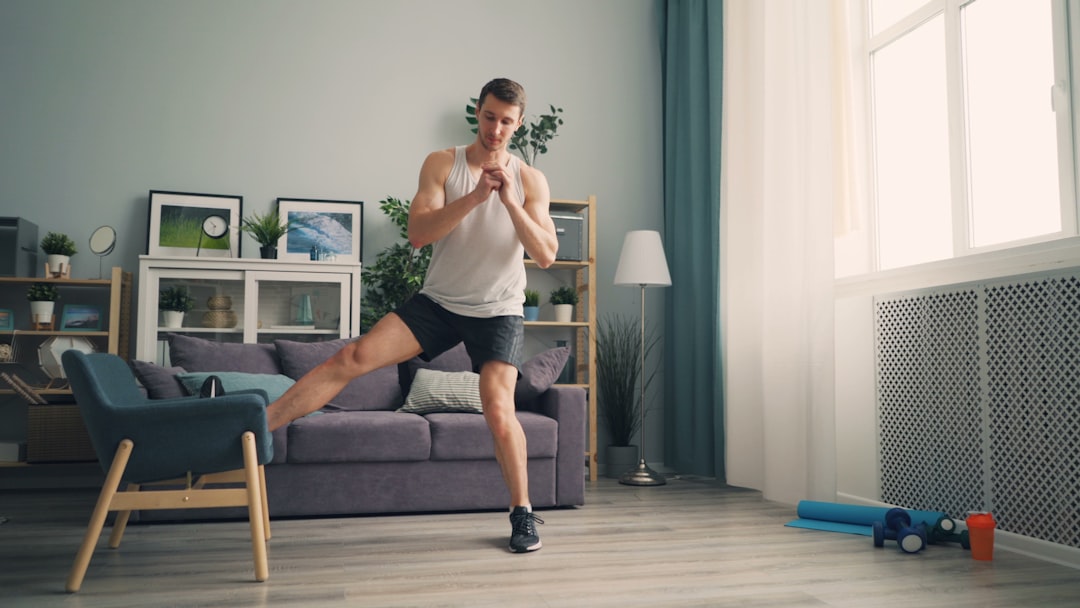
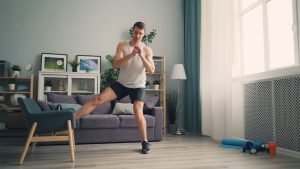

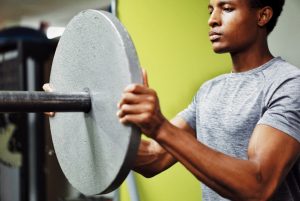
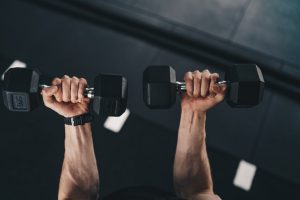
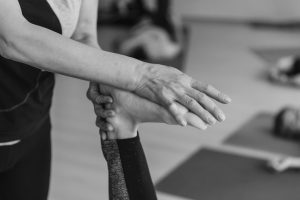
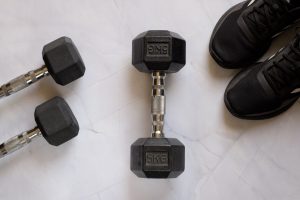
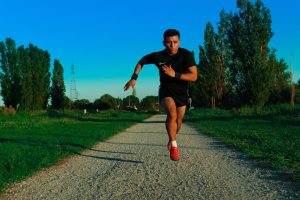
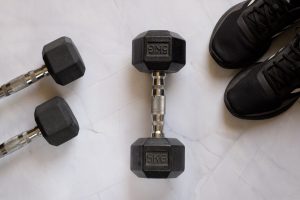
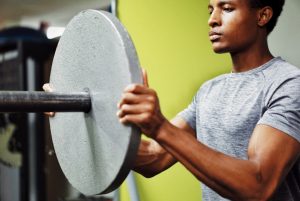
Comments